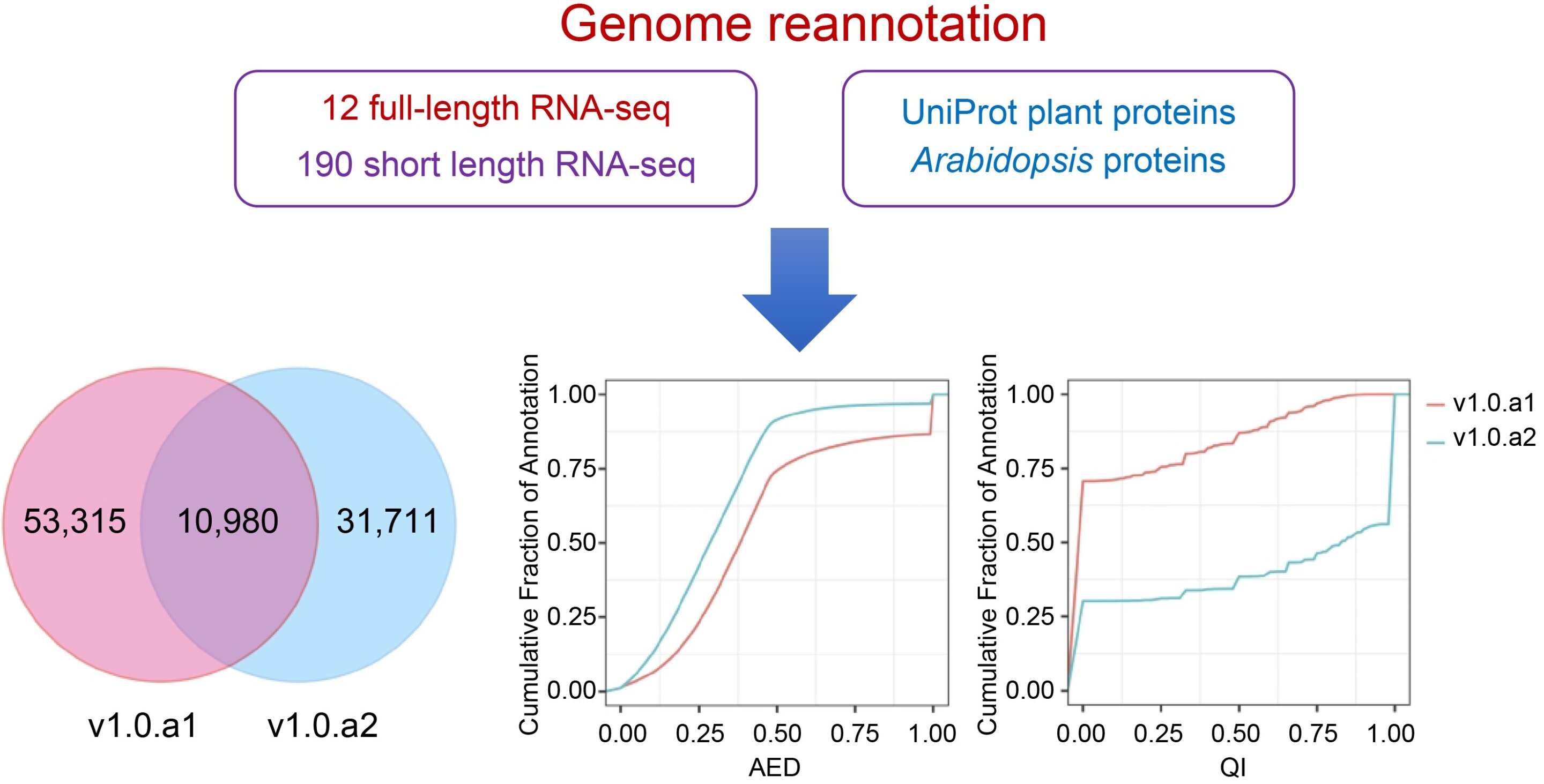A research team has substantially enhanced the annotation of the sweetpotato genome “Taizhong 6,” introducing a more comprehensive and detailed version, v1.0.a2. This update utilizes 12 Nanopore full-length RNA libraries and 190 Illumina RNA-seq libraries, resulting in the identification of 360 new genes, modification or addition of 31,771 gene models, and refined gene nomenclature.
The improved annotation includes detailed miRNA expression profiles, benefiting gene functional studies in sweetpotato and advancing genomic analyses across the Convolvulaceae family, thus providing a critical resource for future agricultural and genetic research.
Sweetpotato (Ipomoea batatas) is a vital crop in developing countries, providing essential nutrients and combating vitamin A deficiency in Africa as a hexaploid species. The first genome sequence, cultivar Taizhong 6, utilized Illumina sequencing, later enhanced with third-generation sequencing technologies, leading to a high-quality, chromosome-scaled genome assembly. However, challenges remain in achieving precise genome annotations due to the limitations of short-read sequencing.
Recently, advancements in long-read sequencing, like Oxford Nanopore Technologies, have facilitated more accurate annotations and allowed deeper insights into gene structure and alternative splicing.
A study published in Tropical Plants on 21 March 2024, builds on this progress using a refined annotation pipeline that incorporated both Nanopore full-length and extensive RNA-seq datasets, enhancing the current genome annotation for sweetpotato.
In this study, researchers improved the annotation of the I. batata genome to version 1.0.a2, utilizing a comprehensive approach integrating Nanopore full-length transcriptomes and Illumina RNA-seq data across various developmental stages and tissues of sweetpotato.
Their method employed BRAKER for initial gene predictions, enriched by various genomic hints, followed by consensus model generation through EVidenceModeler (EVM). Notably, the updated annotation now contains 42,751 protein-coding genes, enhancing the model with 3′ and 5′ UTRs and increasing the average exon count per gene.
Significantly, this revision added or modified 31,771 gene models, incorporating 8,736 alternative splicing isoforms, and introduced a new gene nomenclature for clearer reference. This more detailed annotation aids in precise genomic studies and supports advanced functional genomics in sweetpotato.
Moreover, integrating miRNA data and their targets offers new insights into gene regulation, particularly during different developmental stages of storage roots, enhancing our understanding of sweetpotato biology and aiding targeted breeding efforts. The comprehensive gene function predictions were executed using InterProScan and eggNOG mapper, providing a richer annotation crucial for ongoing research and breeding programs focused on improving sweetpotato cultivars for global agriculture.
According to the study’s lead researcher, Prof. Guopeng Zhu, “Our study contributes to an updated genome annotation for the sweetpotato genome, which will significantly facilitate gene functional studies in sweetpotato and promote genomic analyses across the Convolvulaceae family.”
Overall, this enhanced genomic framework facilitates deeper functional genomics in sweetpotato and supports advanced breeding programs by integrating detailed miRNA data and gene function predictions to improve cultivar traits.
More information:
Bei Liang et al, Genome reannotation of the sweetpotato (Ipomoea batatas (L.) Lam.) using extensive Nanopore and Illumina-based RNA-seq datasets, Tropical Plants (2024). DOI: 10.48130/tp-0024-0009
Citation:
Sweetpotato genetics: A comprehensive update to the ‘Taizhong 6’ genome annotation (2024, April 25)
retrieved 25 April 2024
from https://phys.org/news/2024-04-sweetpotato-genetics-comprehensive-taizhong-genome.html
This document is subject to copyright. Apart from any fair dealing for the purpose of private study or research, no
part may be reproduced without the written permission. The content is provided for information purposes only.


